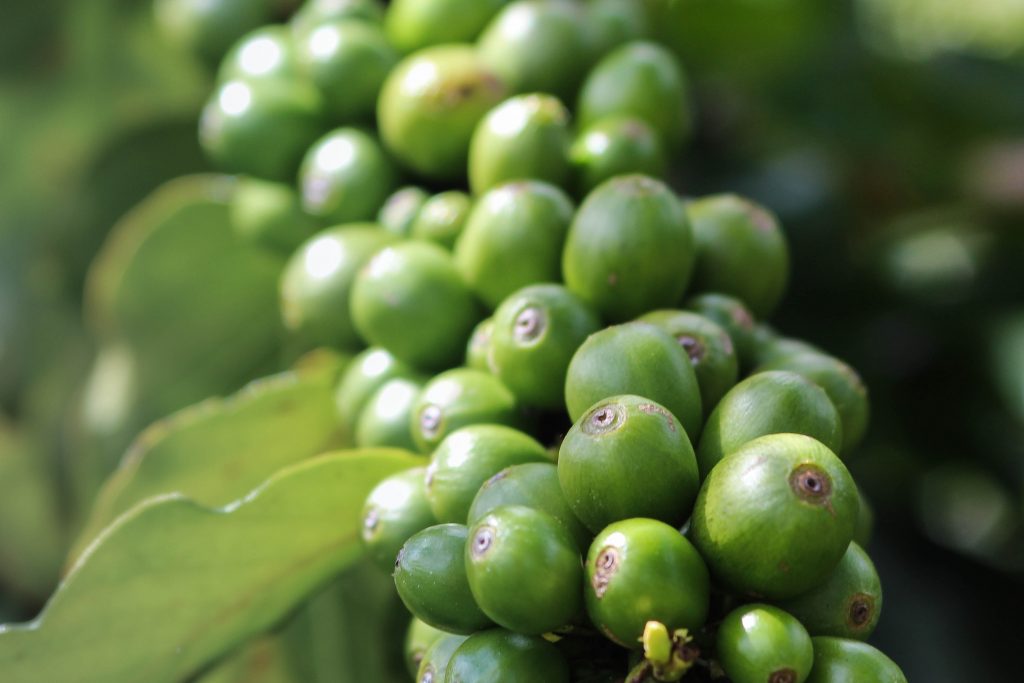It’s a very common question that anyone working in any given industry will have to answer every once in a while: what is it that you do, exactly? Whenever I get that question, my mind always drifts to a scene from one of my favorite movies, Office Space. It’s the scene where one of the ‘Bobs’ – the two corporate stooges sent down to cut company costs, both of whom are named Bob – asks Tom what it is he does for the company.
The scene is hilarious, partly because of the hidden truth behind it. I myself have troubling explaining what I do, or at the very least I find it very difficult – especially when talking to people who are unfamiliar with the commodity industry. And yes, that includes my family. So, I’ve asked myself another one; ‘commodity trade, is it complex?’
How complex is commodity trade?
When I started out in the commodity trade industry, well over 20 years ago, I didn’t have a clue either. A lot of my time was spent wondering why people did all these complex operations and procedures. There was all kind of difficult terminology like hedging, mark to market, value at risk. When someone mentioned their ‘position’, I got even more confused.
Our industry does indeed have its specific things, and yes, that can be complicated. However, it can all basically be brought back to a few simple concepts. The main concept, in my opinion, is that you have to understand that commodities are prone to price volatility. Which is to say, simply, that the price of any commodity can pretty much change at any time. Indeed, the price does change all the time. Which is a rather different situation than most other industry. Sure, price changes are common, but the speed of that volatility is very much specific to commodities – which makes it one of the defining principles of the trade.
Price volatility
Let’s take that defining characteristic of volatility and project it onto our personal lives, as a little sidestep. The ongoing volatility – and indeed inherent uncertainty – it brings would be rather inconvenient, wouldn’t it? I don’t want to pay twice as much for my cup of coffee at Starbucks today as I did yesterday? And then half as much tomorrow? Sure, the price of coffee won’t keep me up at nights either. But what about rent? Insurance? Car payments? From our personal life it would be rather inconvenient when all prices would be volatile.
In general, it’s safe to say that volatility creates insecurity and is not to be desired. Now, commodities – specifically agricultural commodities – have a long history of volatility. It’s simply the laws of supply and demand. Wheat prices moved up a great deal after a bad harvest ever since the middles ages, that’s nothing new. In fact, at times prices were so volatile back in the day that complete communities had to make do without bread altogether for entire seasons. Alternatively, farmers would go bankrupt after superb harvest on account of their wheat becoming virtually worthless.
Commodities are among the resources for our existence, from grains, sugars and rice to cotton and edible oils. We might be less worried when the new iPhone has a steep increase in price – although I’m not quite sure that statement is correct these days. What is correct, is that the volatility of commodity markets exposes producers, buyers and traders to a lot of uncertainty almost by default. Commodity prices have a high impact on our daily life, exacerbated on a global level by the reality of the last three years. Just as we were about to move away from and almost perpetual vortex of precariousness and above-average levels of risk as they relate to the RM-part of CTRM, sudden and substantial price changes have once again claimed center stage by the geopolitical events that have come to replace the pandemic as main disruptor. Uncertainty, it seems, is here to stay.
Until the first exchanges came around, there was no real mechanism to control the highs and lows of prices. Which is why I find it fascinating that some people believe exchanges are responsible for a very high or a very low price. Indeed, the very opposite is true. An exchange will cause lower volatility and allows people who don’t want that volatility to protect themselves. These people are called hedgers.

Hedging – the heart of the trade
Hedging, to come full circle here, is one of those words I found very difficult to grasp as well, in those early days of getting started in the commodity trade industry. Hedging is making sure that you are not prone to volatility. In other words, it’s a way to handle to certain uncertainty that comes with the territory of commodity trade.
Imagine producing a nice, tasty soda. You would like to enter into a steady, yearlong contract with a large supermarket of preferably chain of supermarkets to deliver your soda to each day. At the same time, the supermarket would love to agree to a steady price for the whole year. For this reason, they would probably like a very attractive price point. So, you calculate your costs, your overheads, the desired turnover – and a preferable profit margin. This is where it gets interesting. A big component for that cost calculation will be sugar – more specifically the price of sugar – as it is the most important resource for your production. Unfortunately, you cannot buy all the sugar you’ll need for the entire year all at once. Nor can you produce all the soda for the entire year at once, either.
The price of sugar might double next month. You would see all your carefully calculated profits vaporize – or worse, your entire business.
The right thing to do would be to lock in the sugar price when you make the contract with the supermarket. The exchanges provide tools for that. Futures, for instance. Or options. They offer great protection against rising prices. To be complete, though, it’s also very possible that prices will go down over time. Which would create a higher profit for you as a soda producer. However, if all you wanted to do was speculate on prices, it wouldn’t have been necessary to produce soda in the first place. You could just gamble on the price using financial instruments. Saving the trouble of actually producing soda…
Complexity & hedging your bets
So, back to the complexity question. The basic concepts of hedging are in fact very easy, but it is important to keep a good administration. This can be done on paper for sure, but the desired approach would be to use a specialized tool – like Agiblocks CTRM, Agiboo’s Commodity Trade and Risk Management software solotion. Here you would find real time your market to market or position. When you have the right tools, commodity trade and indeed what it is we do for a living doesn’t have to be complex at all.
Traders, sellers and buyers of commodities tend to focus on the Commodity Trade- or CT-part of CTRM solutions. That seems obvious enough, as Commodity Trade more astutely describes the day-to-day, whereas RM or Risk Management is just a part of that. Lest we forget that RM is in actuality 50 percent of the full abbreviation, we will now talk Risk Management. Or, more precisely, commodity market risk in general, price risk in particular, and of course how it all relates to Agiboo and our flagship CTRM software for soft and agricultural commodities, Agiblocks. Let’s dive into that.


